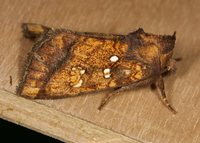
| Recorded by: Jim Petranka and Becky Elkin on 2025-07-27
Madison Co.
Comment: | 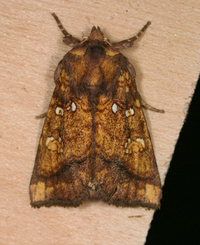
| Recorded by: Jim Petranka and Becky Elkin on 2025-07-27
Madison Co.
Comment: |
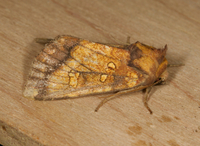
| Recorded by: Jim Petranka and Becky Elkin on 2025-07-27
Madison Co.
Comment: Specimen was dissected; vetted by Tony McBride. | 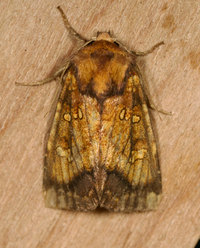
| Recorded by: Jim Petranka and Becky Elkin on 2025-07-27
Madison Co.
Comment: Specimen was dissected; vetted by Tony McBride. |
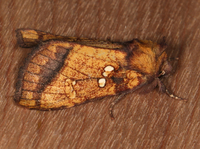
| Recorded by: Jim Petranka and Becky Elkin on 2024-08-28
Madison Co.
Comment: Collinsonia canadensis was present near the collection site; vetted by Tony McBride. | 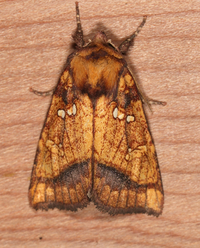
| Recorded by: Jim Petranka and Becky Elkin on 2024-08-28
Madison Co.
Comment: |
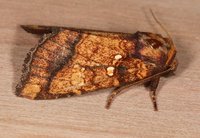
| Recorded by: Jim Petranka and Becky Elkin on 2024-08-28
Madison Co.
Comment: | 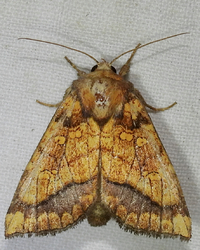
| Recorded by: tom ward on 2023-09-27
Buncombe Co.
Comment: |
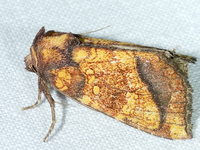
| Recorded by: tom ward on 2023-09-22
Buncombe Co.
Comment: | 
| Recorded by: tom ward on 2023-09-22
Buncombe Co.
Comment: |
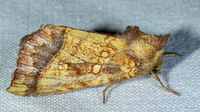
| Recorded by: tom ward on 2023-09-15
Buncombe Co.
Comment: | 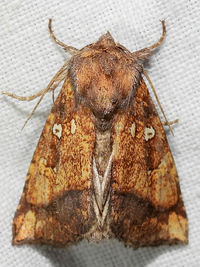
| Recorded by: tom ward on 2023-09-14
Buncombe Co.
Comment: |
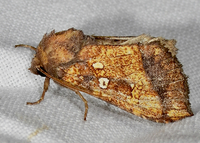
| Recorded by: tom ward on 2023-09-14
Buncombe Co.
Comment: | 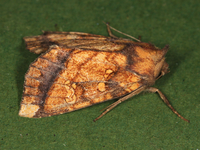
| Recorded by: Jim Petranka and Becky Elkin on 2023-09-05
Buncombe Co.
Comment: A relatively rare dark form of this species. |

| Recorded by: Jim Petranka and Becky Elkin on 2023-09-05
Buncombe Co.
Comment: FWL = 16 mm; stone root common in this area. | 
| Recorded by: tom ward on 2023-09-03
Buncombe Co.
Comment: |
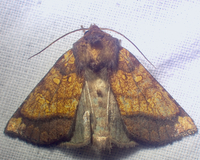
| Recorded by: tom ward on 2023-09-01
Buncombe Co.
Comment: | 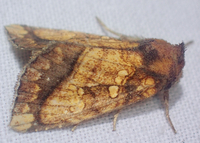
| Recorded by: tom ward on 2023-08-31
Buncombe Co.
Comment: |

| Recorded by: Jim Petranka, Becky Elkin and Tony McBride on 2023-07-23
Buncombe Co.
Comment: | 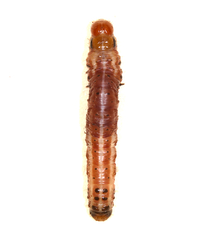
| Recorded by: Jim Petranka, Becky Elkin and Tony McBride on 2023-07-23
Buncombe Co.
Comment: A larva that was removed from a stem on Collinsonia canadensis. |
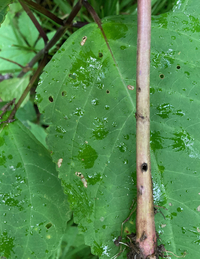
| Recorded by: Jim Petranka, Becky Elkin and Tony McBride on 2023-07-23
Buncombe Co.
Comment: A bore hole near the base of a Collinsonia canadensis. | 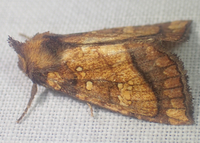
| Recorded by: tom ward on 2022-09-18
Buncombe Co.
Comment: |
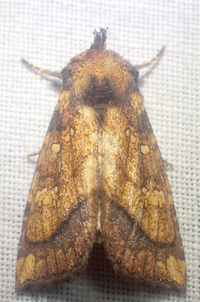
| Recorded by: tom ward on 2022-09-18
Buncombe Co.
Comment: | 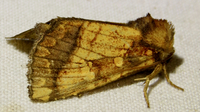
| Recorded by: tom ward on 2022-09-17
Buncombe Co.
Comment: |
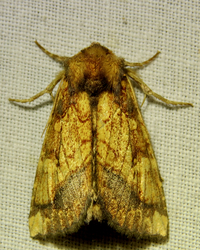
| Recorded by: tom ward on 2022-09-17
Buncombe Co.
Comment: | 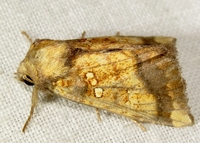
| Recorded by: tom ward on 2022-09-06
Buncombe Co.
Comment: |
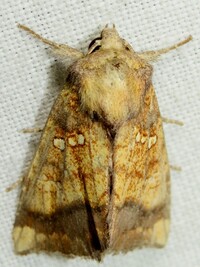
| Recorded by: tom ward on 2022-09-06
Buncombe Co.
Comment: think i'm finally getting to where I can tell these from P. cataphracta, but glad they have different flight times here! | 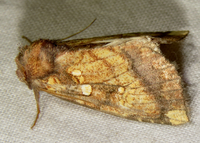
| Recorded by: tom ward on 2022-09-04
Buncombe Co.
Comment: |
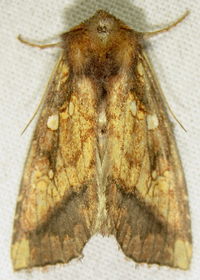
| Recorded by: tom ward on 2022-09-04
Buncombe Co.
Comment: | 
| Recorded by: tom ward on 2022-09-01
Buncombe Co.
Comment: |
|

 »
»




























